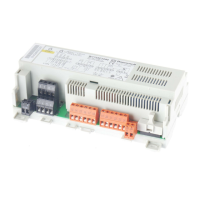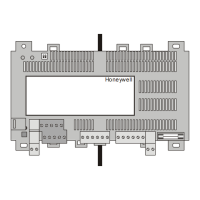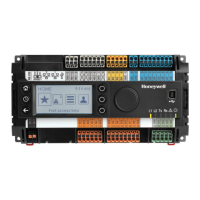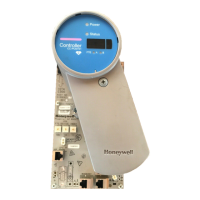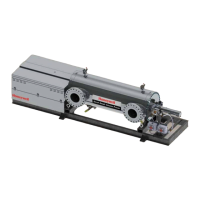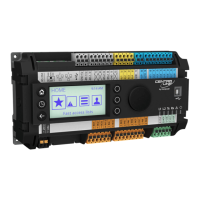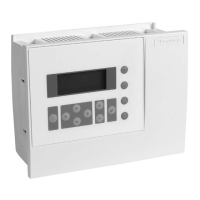
Do you have a question about the Honeywell Excel 50 and is the answer not in the manual?
| Mounting | DIN Rail |
|---|---|
| Series | Excel |
| Communication Protocols | BACnet, LonWorks |
| Inputs | Universal Inputs |
| Outputs | Analog and Digital Outputs |
| Power Supply | 24 VAC |
| Display | LCD |
| Operating Temperature | 50°C |
| Relative Humidity | non-condensing |
Describes the MMI keyboard, basic function keys, and fast-access keys.
Explains the impact of resetting the controller and how to perform it.
Describes the MMI's LCD display, its character capacity, and features.
Describes the sequence of screens displayed after downloading an application.
Describes the sequence of screens after initialization, starting with the start screen.
Explains access levels, password procedures, and modification.
Shows how to access plant components and their associated data-points.
Explains how to view and configure data-point attributes across multiple screens.
Explains assigning values and states via time schedules and programs.
Details the daily, weekly, and annual time schedule configurations.
Covers creating, deleting, and copying daycycles for time programs.
Shows the main system topics listbox for accessing system information.
Lists and describes physical, pseudo, and remote data-point types.
Covers maintenance tasks like manual operation and trend logging.
Describes the alarm buffer and how to view points currently in alarm.
Explains alarm classification and system alarm descriptions.
Covers min/max limit monitoring and alarms from buswide controllers.
Describes the series of screens displayed during controller start-up.
Details configuring controller hardware interfaces like C-Bus, Lon-Bus, and Modem.
Guides on choosing, downloading, and setting up applications and test modes.
Explains editable and non-editable attributes for analog input and output data-points.
Explains editable and non-editable attributes for digital input and output data-points.
Explains attributes for pseudo analog/digital and remote analog/digital data-points.
Covers totalizer attributes, data-point names, and operating modes.

